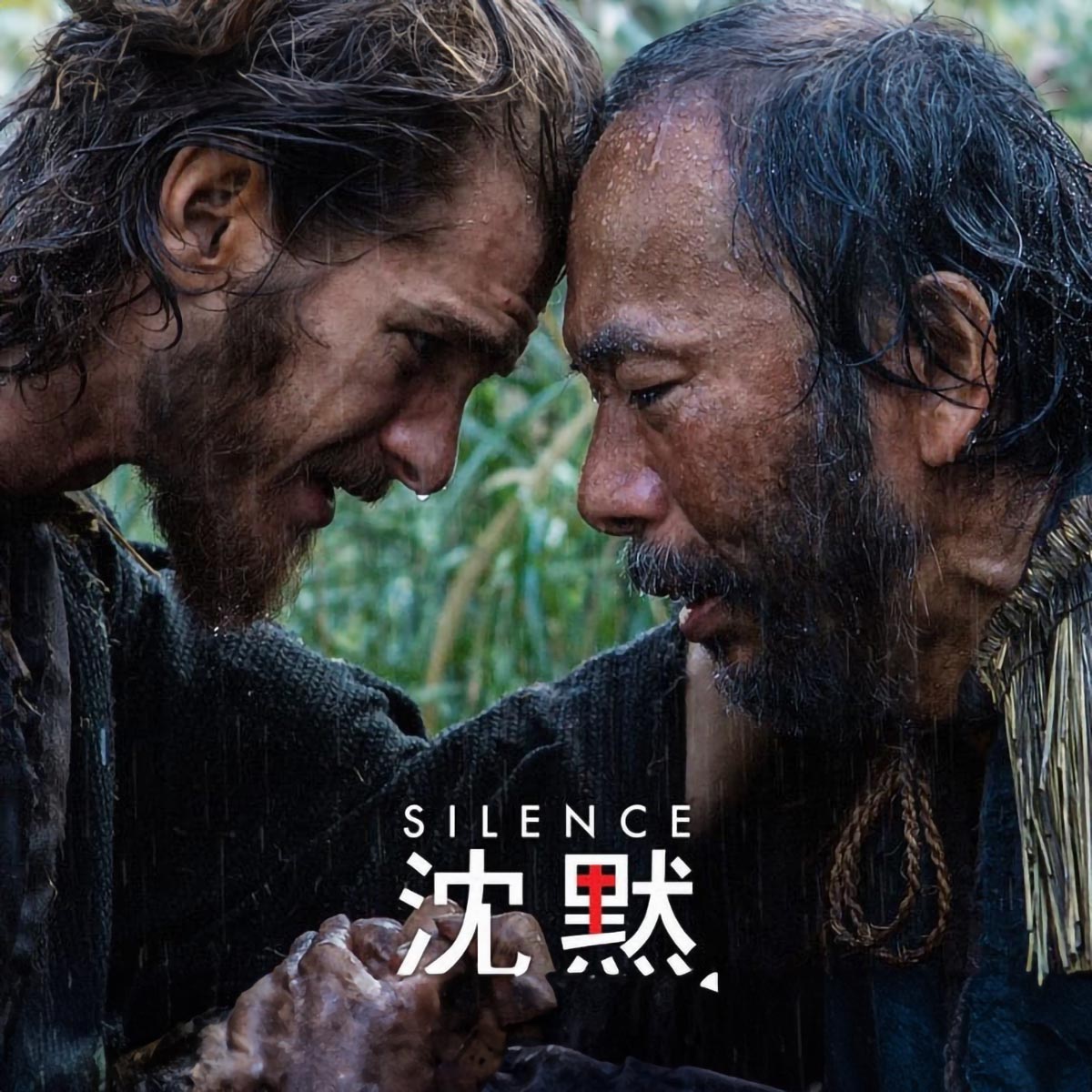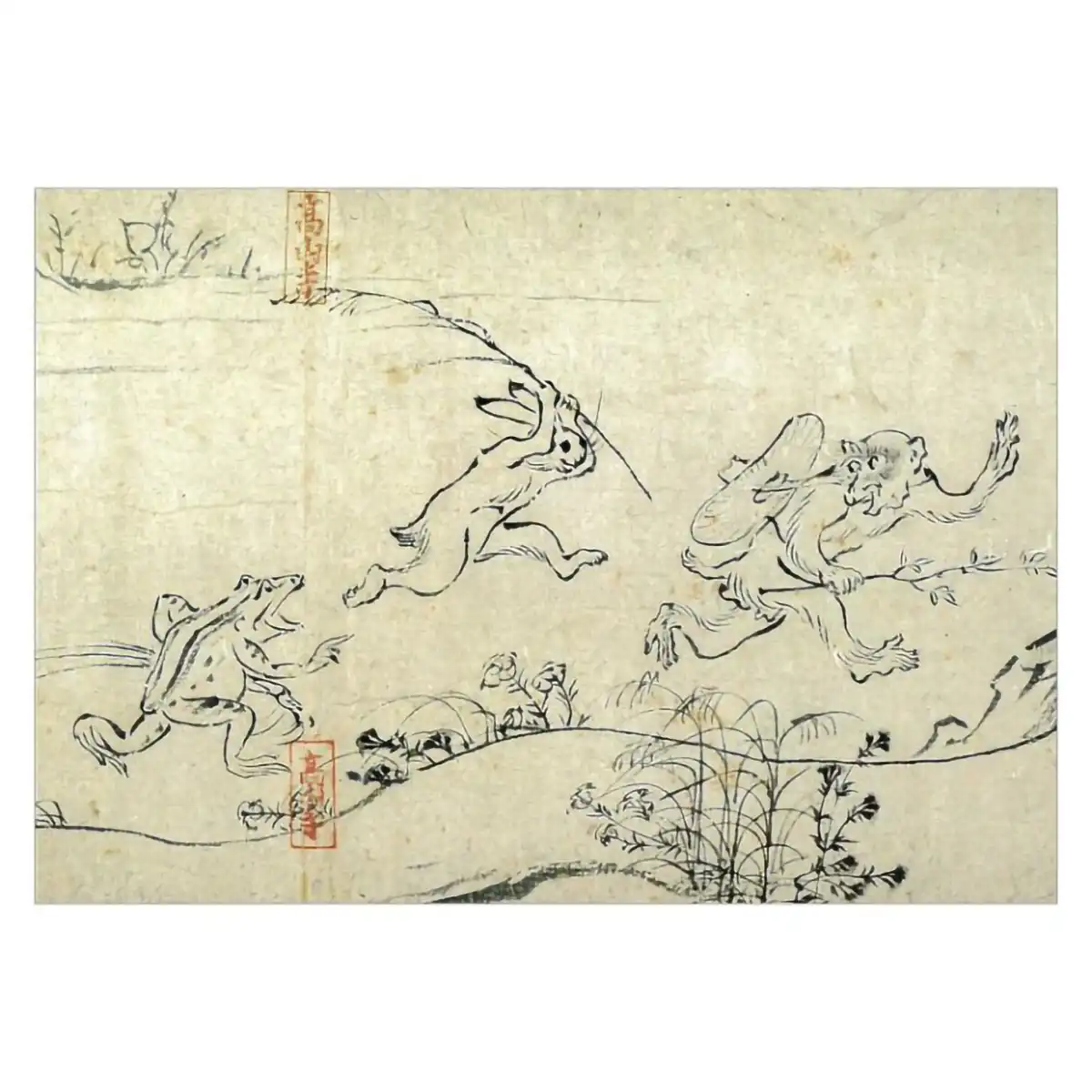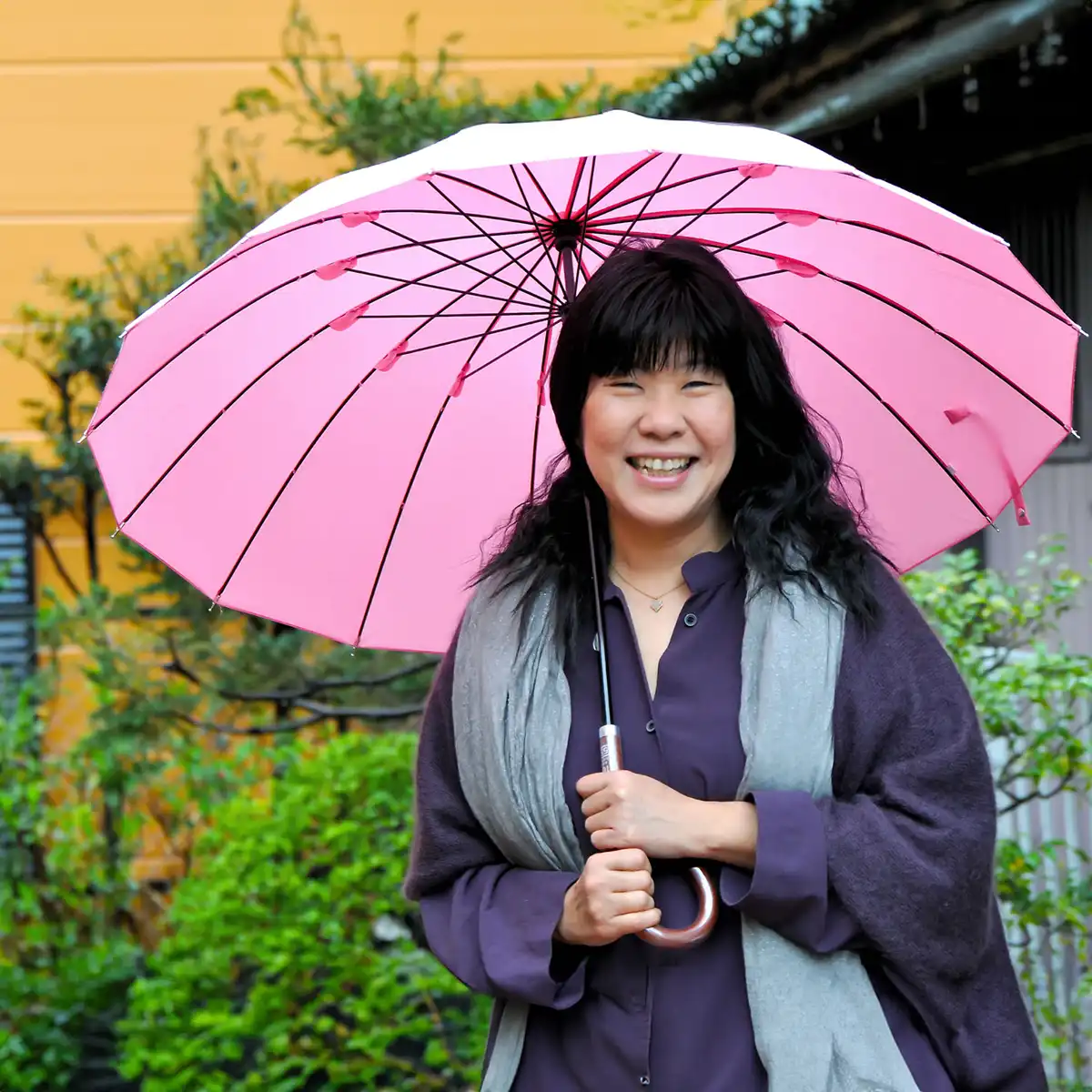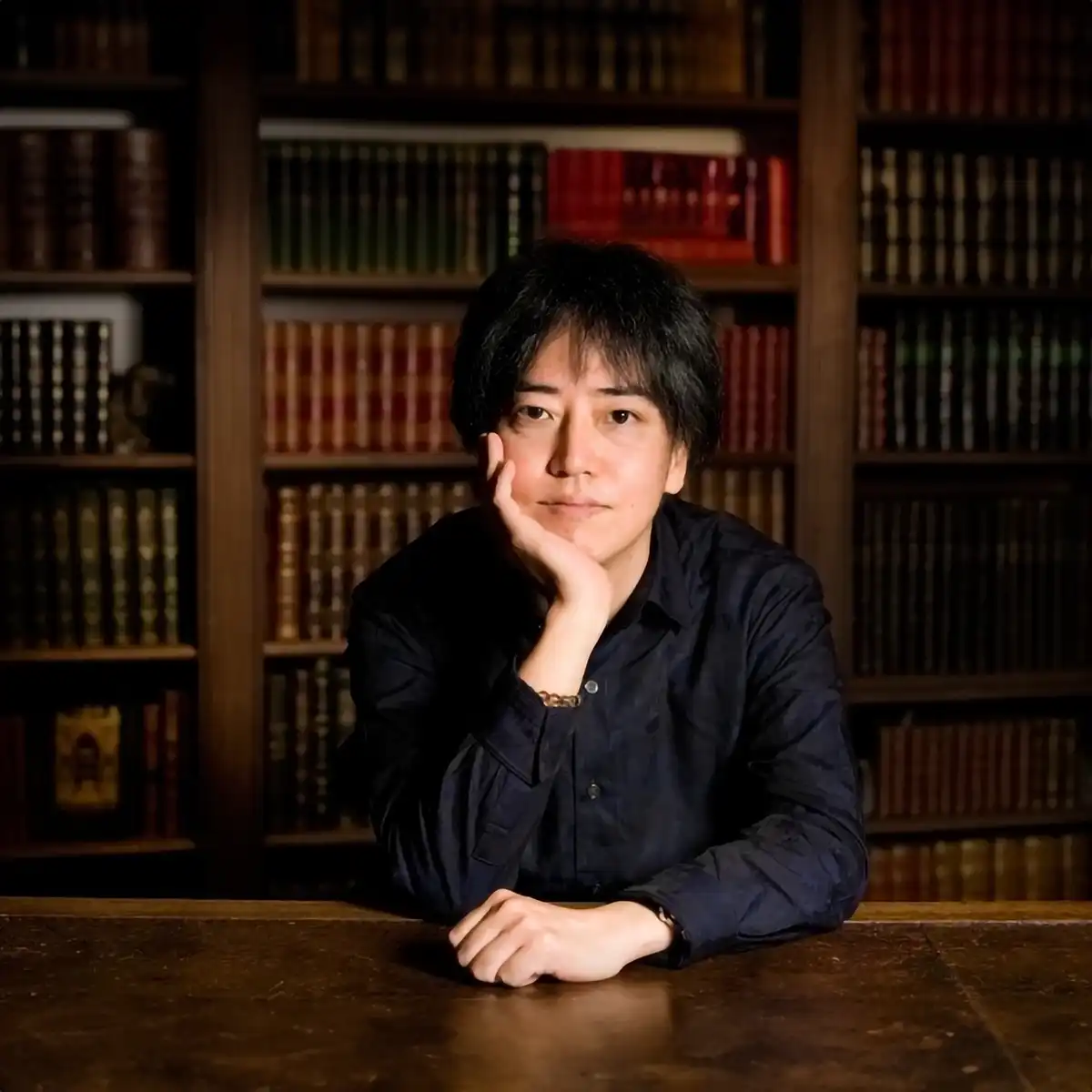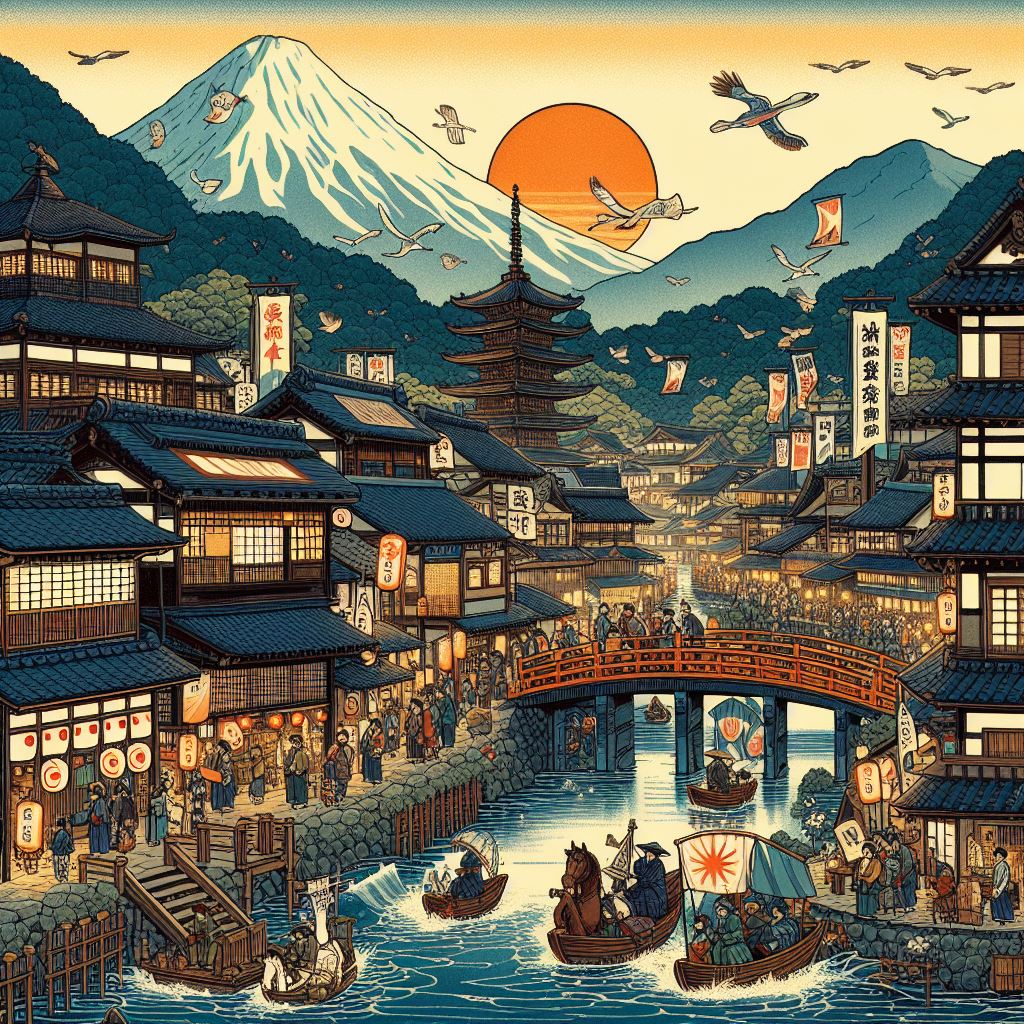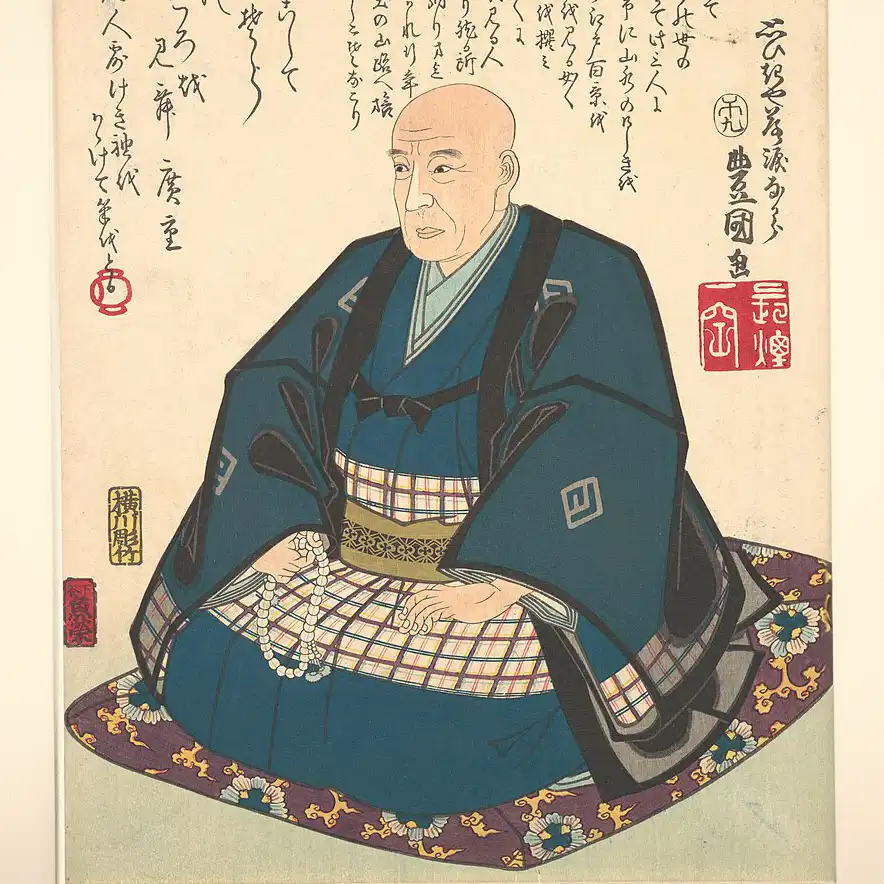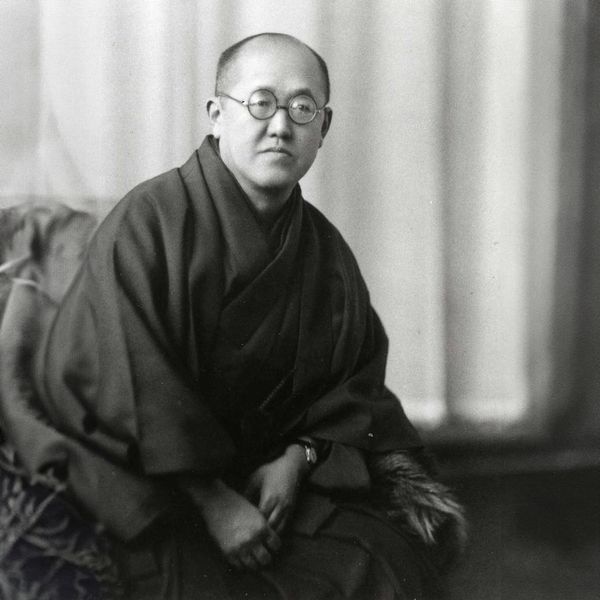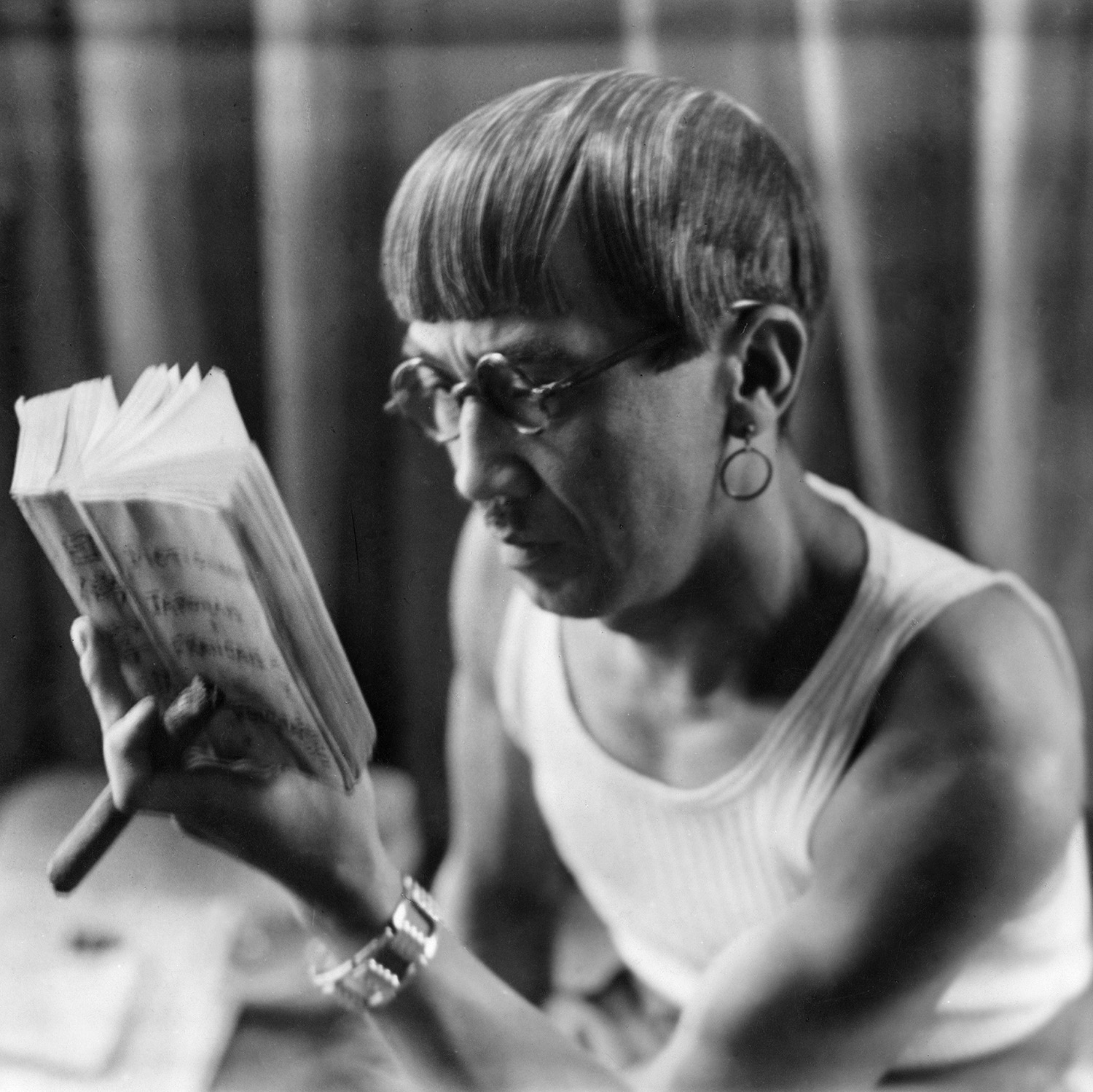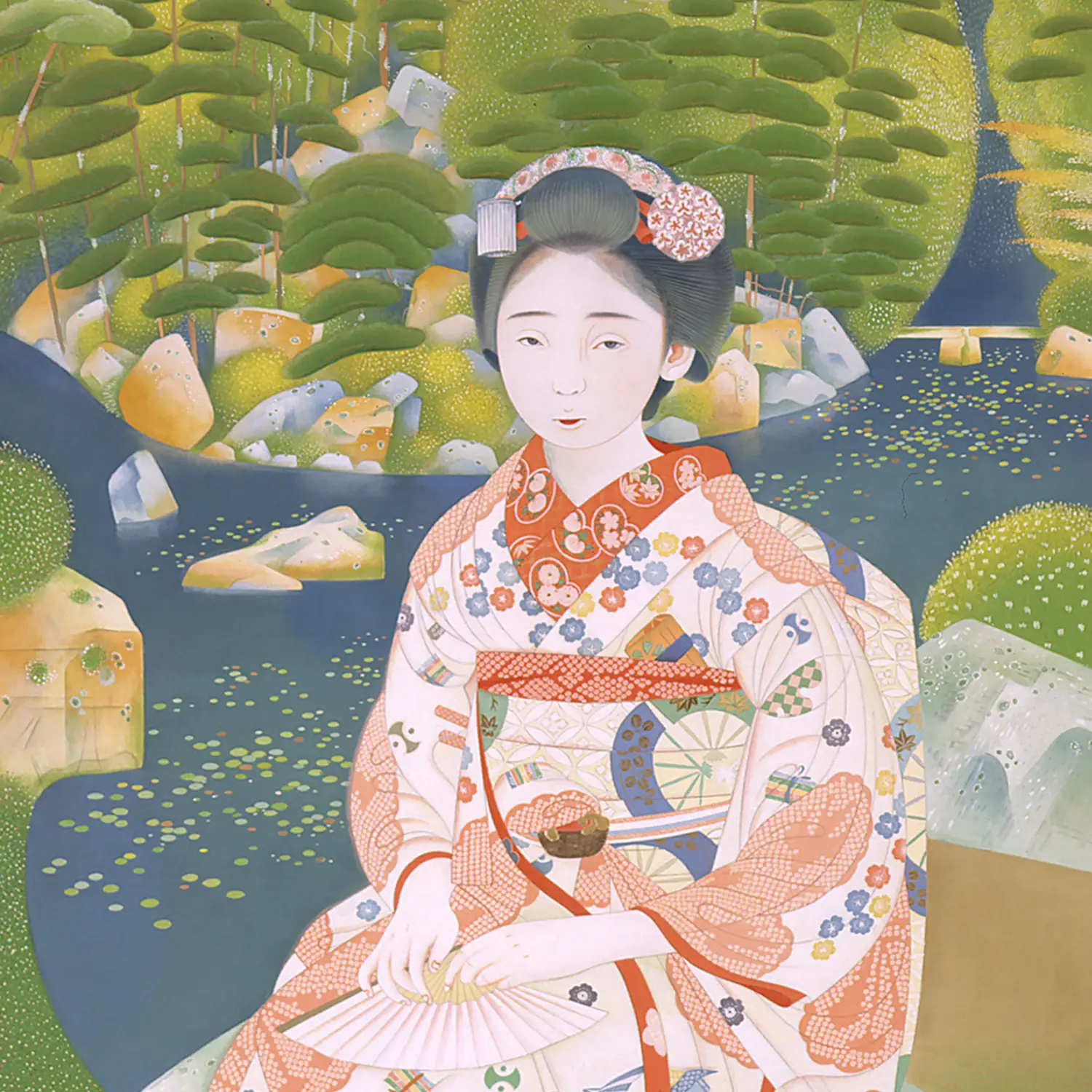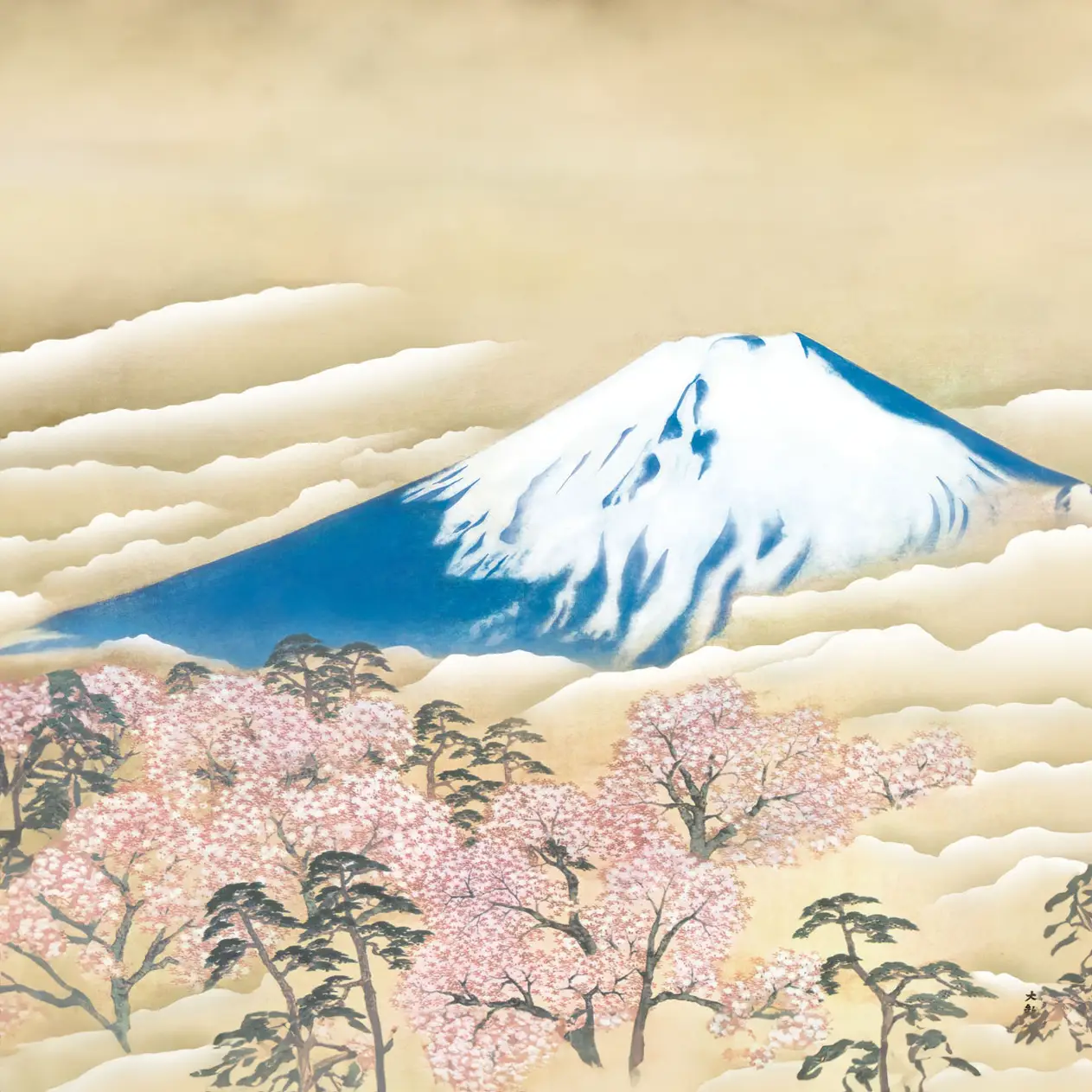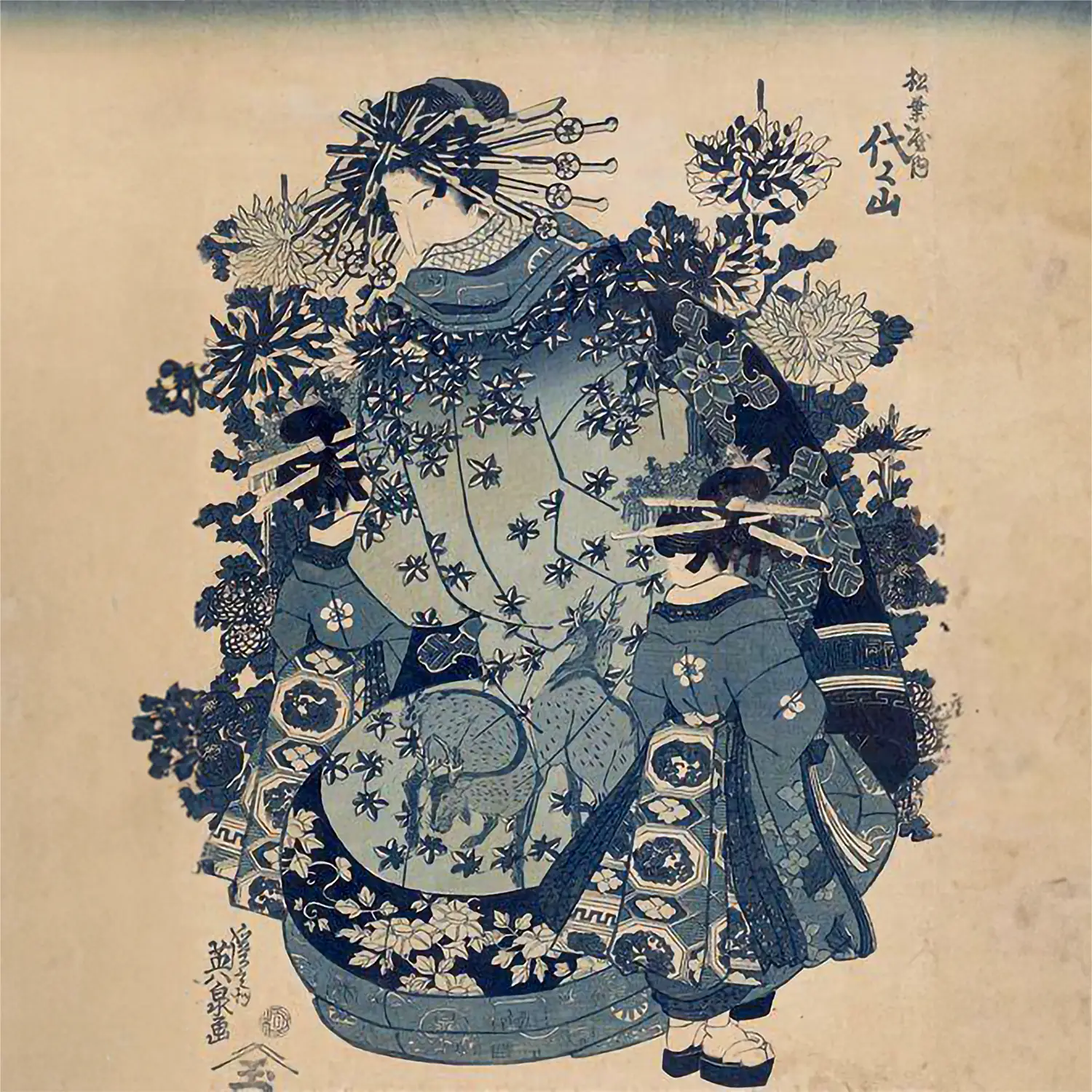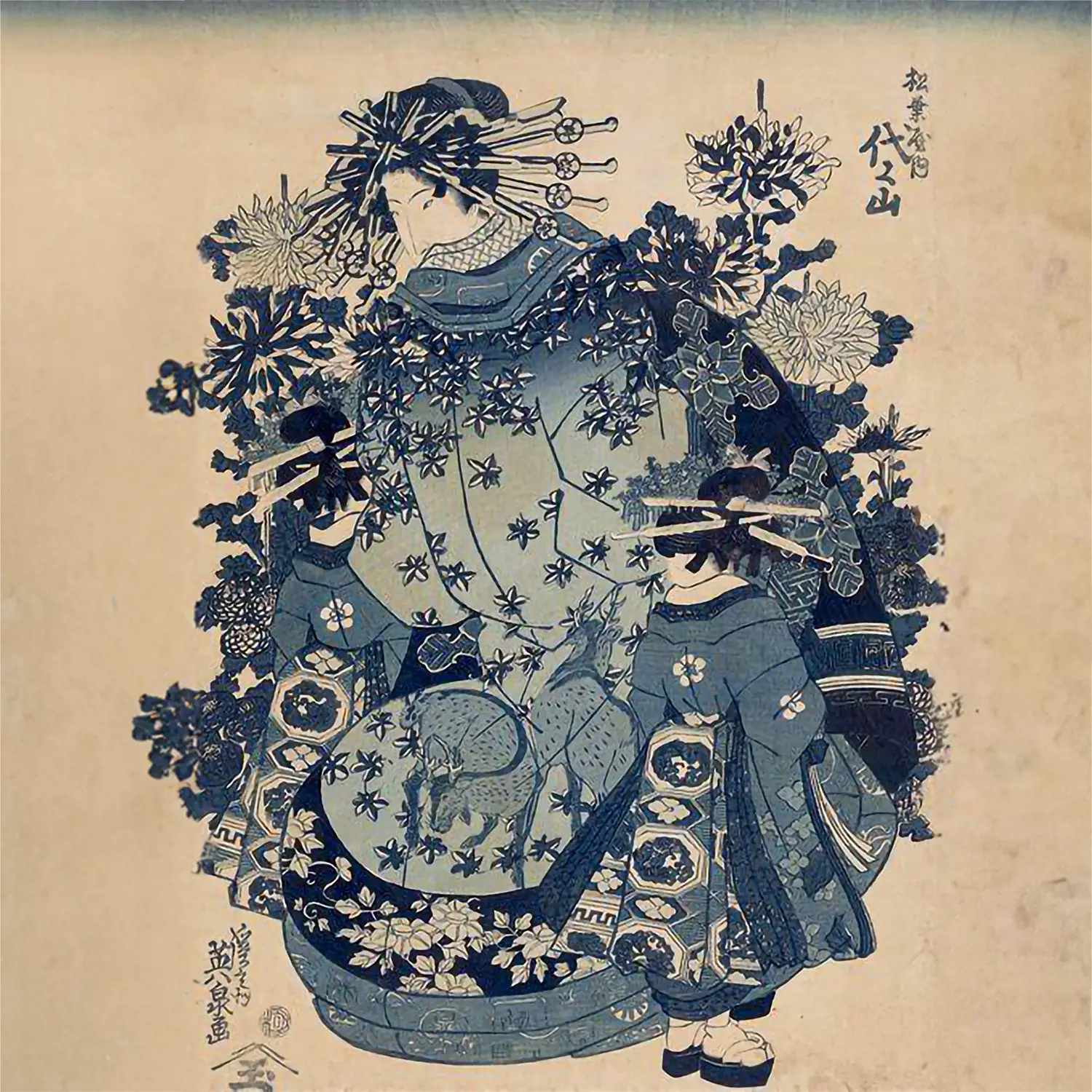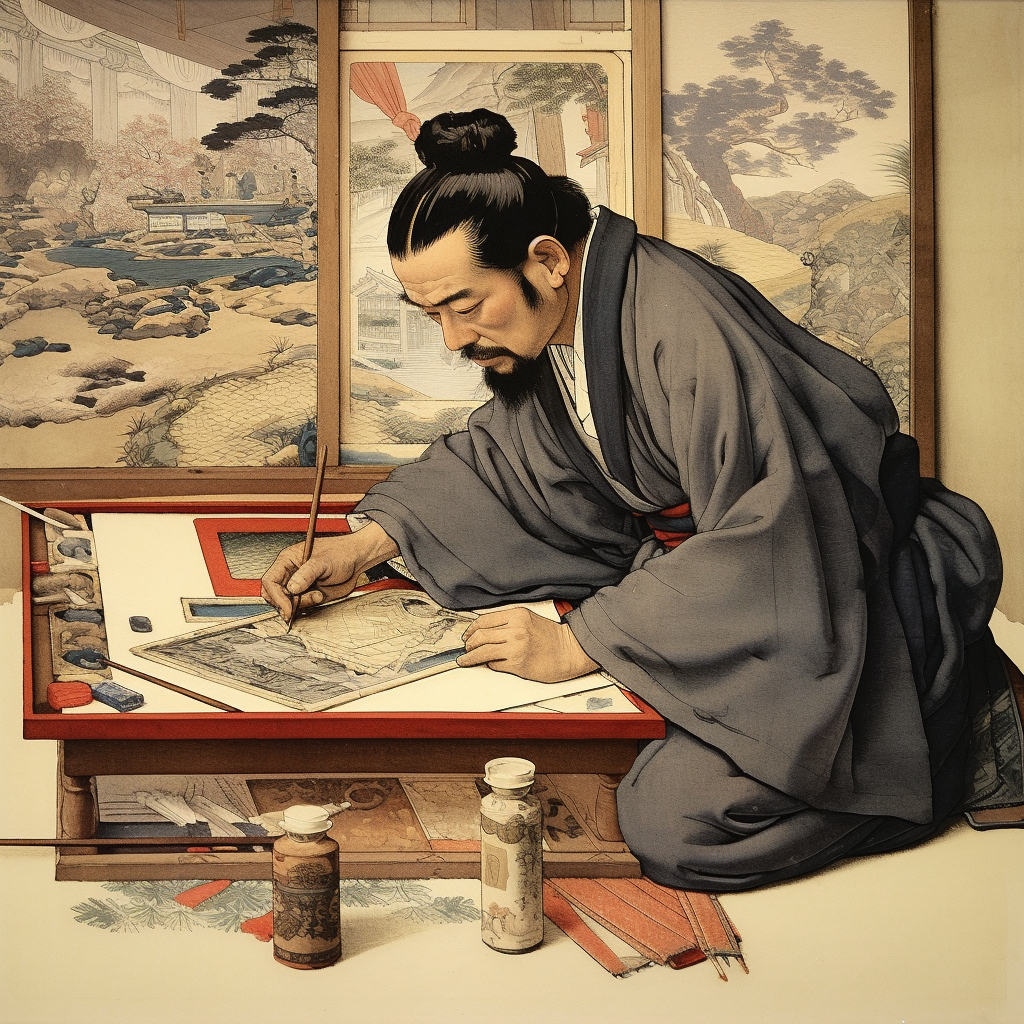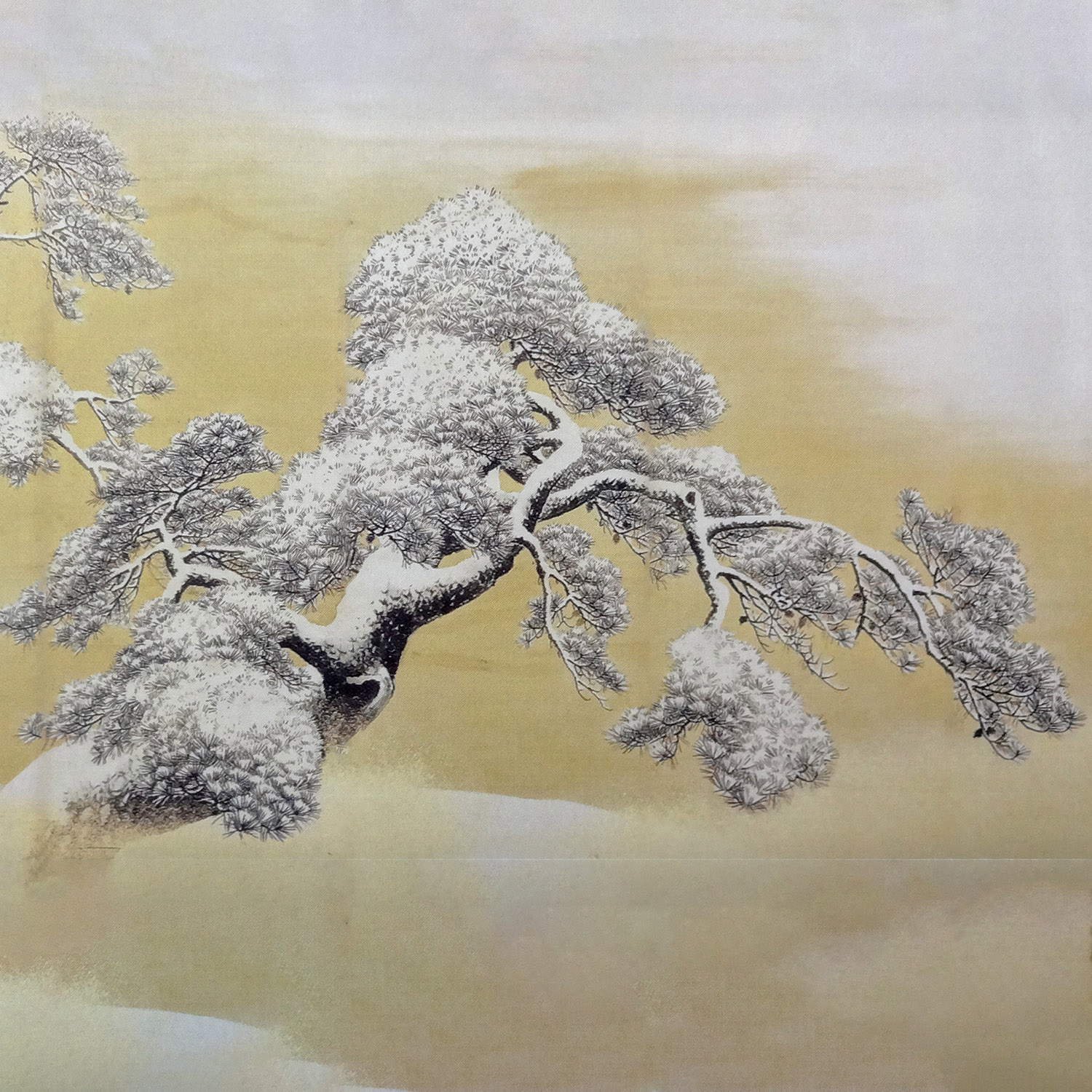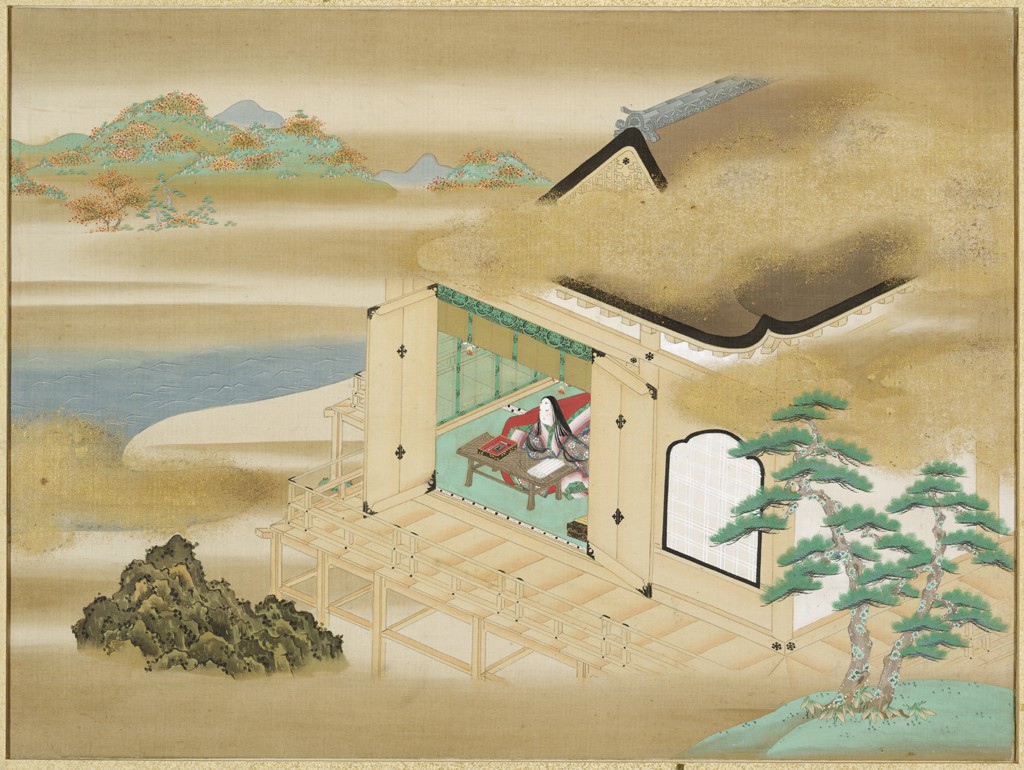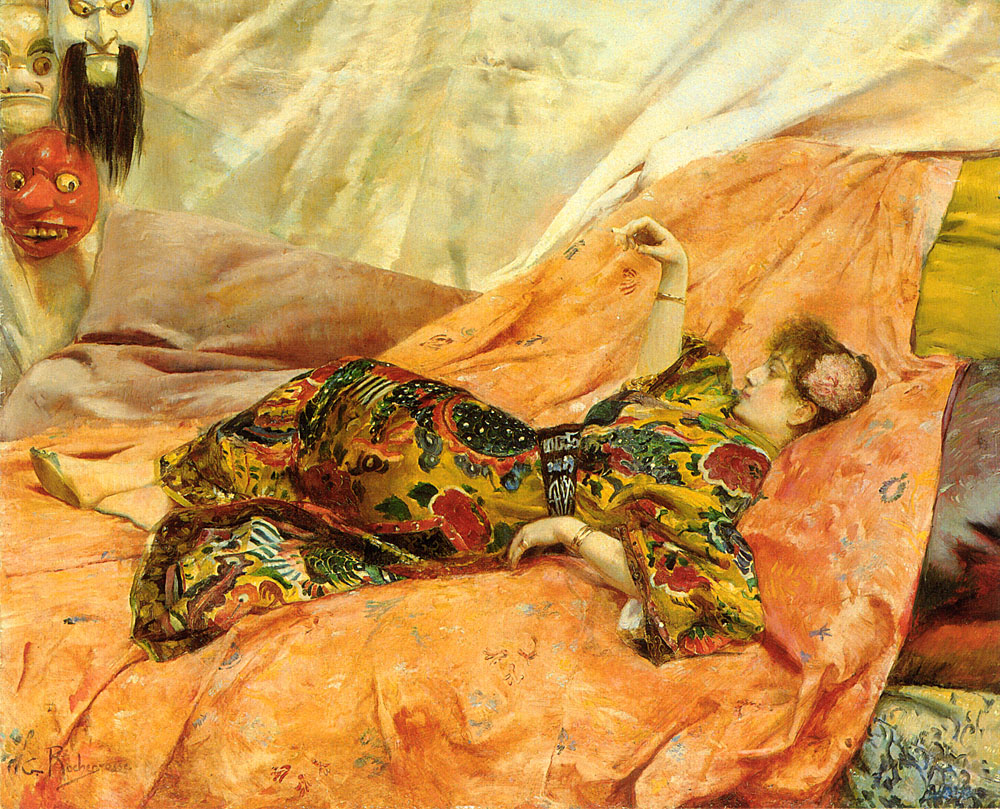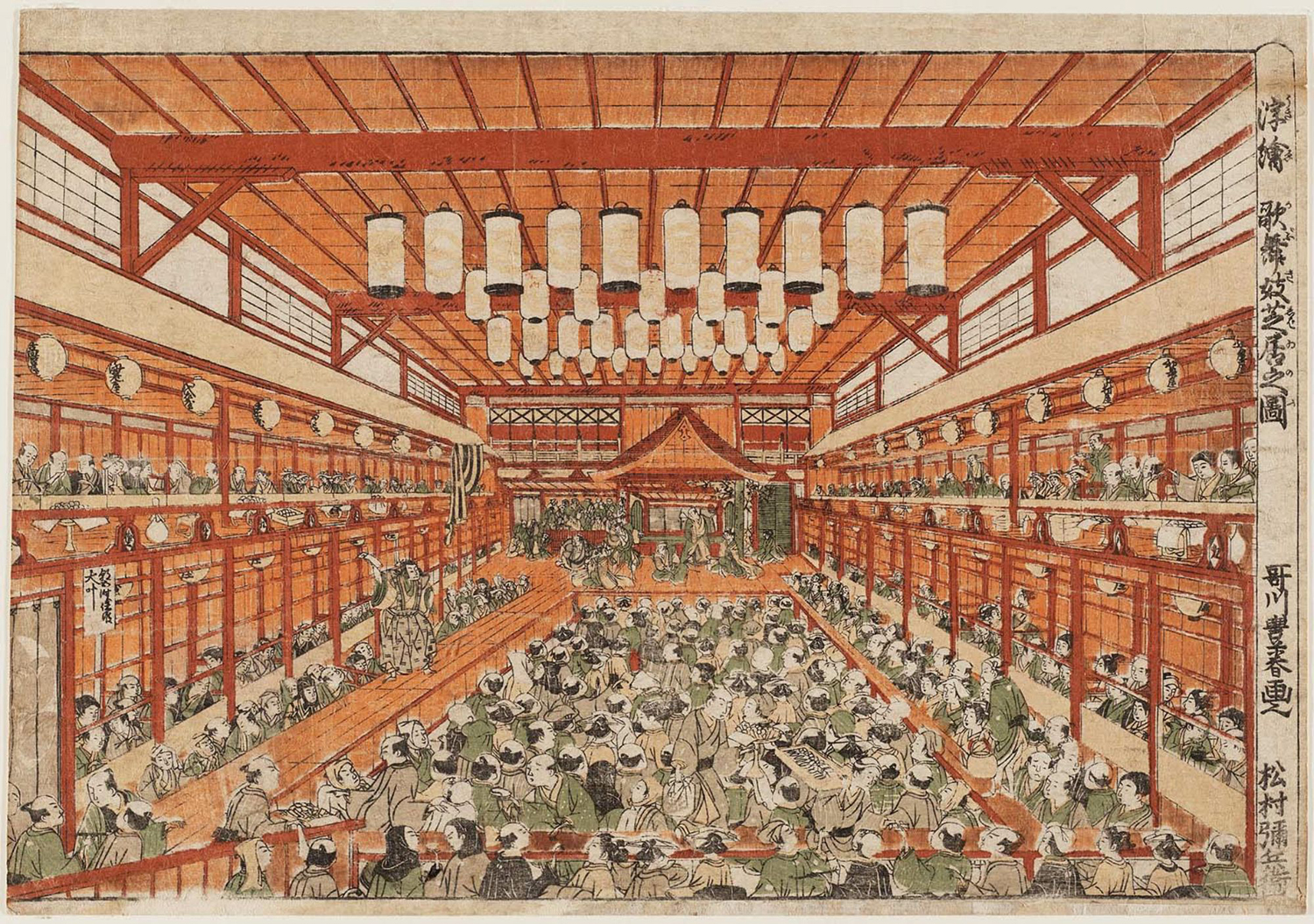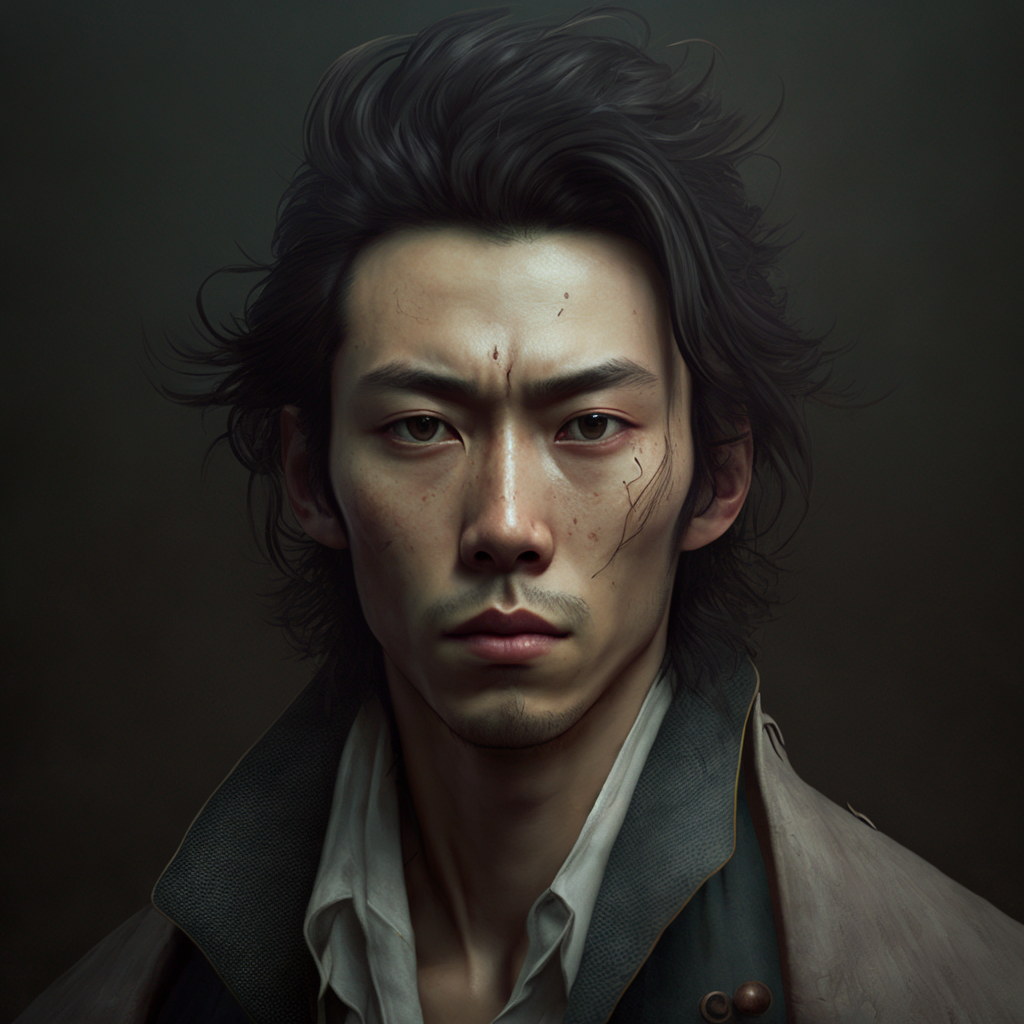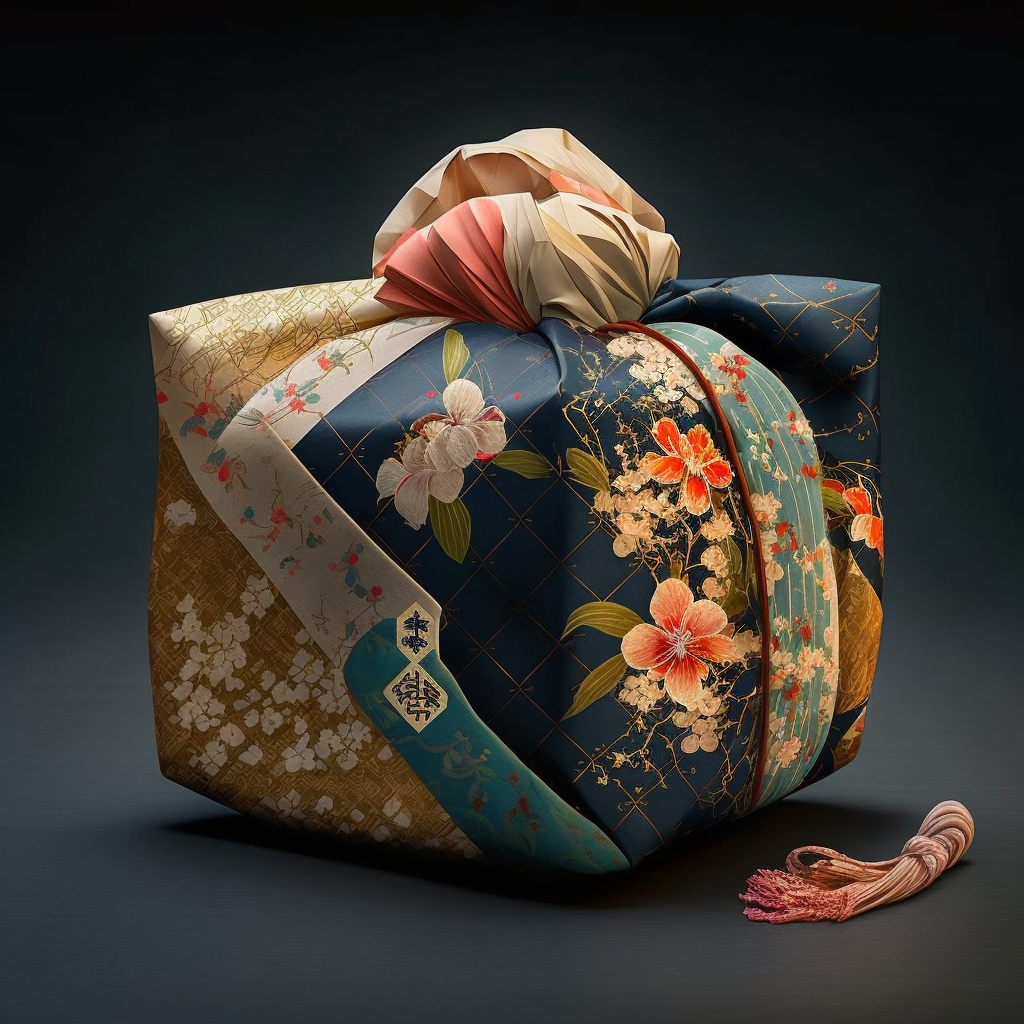Japanese culture, rich in history and aesthetics, finds its purest expression in artistic forms such as painting and calligraphy. These visual arts have evolved over the centuries, reflecting the spirit of Japan and capturing the essence of its natural beauty and deep philosophy.
Japanese Painting: A Painting of Nature
Japanese painting, known as “Nihonga,” has deep roots in Asian artistic tradition. She is often inspired by nature, landscapes and the seasons. The Japanese artist seeks to capture immediacy and transience, following the principle of “Mono no Aware” – the appreciation of the ephemeral.
Traditional Japanese paintings use techniques such as Indian ink, mineral pigments and washi paper. These elements create works of great delicacy, characterized by clean lines and subtle colors. Recurring themes include cherry blossoms, snow-capped mountains, and rolling waves, each carrying symbolic and emotional meaning.
Japanese Calligraphy: Writing as Art
Calligraphy, or “Shodo” in Japanese, is the art of writing by hand. Beyond simple communication, Japanese calligraphy is considered a form of artistic expression in its own right. The brush writing is executed with grace and intention, each stroke loaded with meaning.
Japanese calligraphers use Chinese characters, known as kanji, as well as Japanese characters, called hiragana and katakana. The arrangement of characters on the page, the size of the strokes and spacing are crucial elements in Japanese calligraphy, which seeks to harmonize form, energy and balance.
Eminent Artists and Contemporary Influence
Artists such as Hokusai and Hiroshige left an indelible mark on the history of Japanese painting, while renowned calligraphers like Wang Xizhi inspired the calligraphy tradition.
Today, Japanese painting and calligraphy continue to evolve, merging traditional techniques with contemporary elements. Contemporary artists such as Yoshitomo Nara and Yukiko Suto explore new paths while honoring ancient traditions.
An Enriching Artistic Heritage
Japanese painting and calligraphy transcend the simple act of creating a work of art. They are portals to the culture, nature and spirituality of Japan. Every brushstroke and character stroke tells a story, providing a window into the richness and complexity of this captivating artistic tradition. Whether we contemplate classic prints or contemporary creations, Japanese painting and calligraphy remain a celebration of the ephemeral and the eternal.
Silence by Shūsaku Endō: Between Faith and Persecution
Silence by Shūsaku Endō, published in 1966, is a deeply influential novel that explores themes of faith, doubt, and religious persecution. Set in the 17th…
Chōju-giga by Toba Sōjō: Satirical Masterpiece of the 12th Century
Chōju-giga scrolls by Toba Sōjō are also known as the “caricatured animal scrolls”. They are among Japan’s most famous artistic treasures. Attributed to Toba Sōjō…
Writer Yoshimoto Banana – A Japanese Literary Star
Yoshimoto Banana, born Mahoko Yoshimoto on July 24, 1964 in Tokyo, is an internationally recognized Japanese writer. Particularly for his works on the themes of…
Nakamura Fuminori, Writer of the Psychological Thriller
Nakamura Fuminori is a Japanese writer acclaimed for his dark and gripping novels. He was born on September 2, 1977 in Tokai, Aichi Prefecture. Recognized…
Utagawa Hiroshige: Master of Japanese Prints and Pioneer of Ukiyo-e Landscape
Utagawa Hiroshige, a name that resonates in the history of Japanese art, is considered one of the undisputed masters of traditional Japanese printmaking, particularly recognized…
Utagawa Hiroshige: Master of Japanese Prints and Pioneer of Ukiyo-e Landscape
Utagawa Hiroshige, a name that resonates in the history of Japanese art, is considered one of the undisputed masters of traditional Japanese printmaking, particularly recognized…
Kawase Hasui: Master of Printmaking and Guardian of Japanese Beauty
Kawase Hasui, born in 1883 in Tokyo, embodies the very essence of 20th century Japanese printmaking. His artistic legacy, marked by evocative landscapes and exceptional…
Fusion Elegance: The Eclectic Art of Fujita Tsuguharu (1886-1968)
Fujita Tsuguharu, a Japanese-born artist who gained worldwide recognition, left an indelible mark on the history of 20th century art. His unique artistic career, marked…
Tsuchida Bakusen (1887-1936): A Major Japanese Artist of the Taisho Era
Tsuchida Bakusen (土田麦僊) was a Japanese painter who left a significant imprint on the history of Japanese art of the Taisho era (1912-1926). Born on…
Yokoyama Taikan (1868-1958): The legacy of the master of Japanese painting
Yokoyama Taikan, undisputed master of Japanese painting, left an indelible mark on the art world. This article will immerse you in the life and work…
AIZURI-E Prints: A Refined and Expressive Japanese Art Form
AIZURI-E prints are a type of traditional Japanese prints that gained popularity during the Edo period (1603-1868). Unlike more common ukiyo-e prints, which used a…
AIZURI-E Prints: A Refined and Expressive Japanese Art Form
AIZURI-E prints are a type of traditional Japanese prints that gained popularity during the Edo period (1603-1868). Unlike more common ukiyo-e prints, which used a…
Katsushika Hokusai: The visionary artist behind iconic Japanese prints
Katsushika Hokusai is a renowned 19th-century Japanese artist known for his ukiyo-e prints, which have captivated the world with their beauty and expressiveness. In this…
Maruyama Ōkyo: The master of realistic Japanese painting
Maruyama Ōkyo was a renowned 18th-century Japanese artist, famous for his innovative, realistic approach to painting. As founder of the Maruyama-Shijō school, he left an…
Tosa Mitsuoki (1617-1691)
Fans of Japanese art history are bound to have heard of Tosa Mitsuoki, a famous 17th-century painter. He is best known for his portraits of…
Japonism: Europe’s fascination with Japan
Japonism is an artistic and cultural movement that emerged in Europe at the end of the 19th century, following Japan’s opening to international trade in…
Uki-e prints: a plunge into Japanese art in 3D
The art of Japanese prints, known as ukiyo-e, has enjoyed considerable popularity around the world over the last few centuries. Among the many forms of…
Ryūnosuke Akutagawa: Father of New Japanese Modernism
Ryūnosuke Akutagawa (芥川龍之介, Akutagawa Ryūnosuke, March 1, 1892 – July 24, 1927) was a renowned Japanese writer, considered one of the founders of modern Japanese…
Japanese furoshiki, the art of packaging
Japanese furoshiki is a traditional wrapping art that uses a square of cloth to wrap and carry various objects. This age-old technique is considered an art form in itself, as it requires folding and knotting skills to create elegant and practical designs.

